Textile heat transfers come in three technologies when it comes to peeling. This can be “hot peel”, “cold peel”, or “hot split”. But what is the difference between them.
First, the main difference lies in the transfer paper or foil.
Cold Peel Heat Transfers
These heat transfers are the oldest type of textile heat transfers. As the name might tell, they must be peeled off in a cold state. This is for the fact, that the transfer paper itself shows a rather strong bond to the print at all temperatures. When trying to peel the transfer paper while the print is still hot the paper will lift the still soft print from the garment. This causes failures in adhesion to the textile and reduce its durability.
Another point worth knowing is, that the transfer should be as cold as possible before peeling. Due to this the print can solidify and the final bond to the textile gets stronger.
Hot Peel Heat Transfers
These heat transfers are produced to be peeled off directly after pressing, when the textile and transfer are still hot. Therefore, the release layer of the transfer paper and the inks are designed to be non-adhesive when hot. By this no time is wasted by waiting for the transfer to cool off before peeling. But it carries a risk.
If the transfer paper does not release properly because it was too cold, the ink will be lifted during the peeling process. This can have a negative impact on the final adhesion and durability of the print. In other words, where the cold peel heat transfers must be cooled off, the hot peel heat transfer needs to keep the heat up.
Hot Split Heat Transfers
This type of transfer is one, where the ink plays a bigger role. Just like with hot peel heat transfers, these must be peeled off when still hot. But other than with hot peel transfers where the release layer is meant to release the whole print. It rather splits the print within the color layer, which is where the name comes from. Due to this a small rest of ink will remain on the transfer paper.
Especially if a vintage look is required or the print should be extra breathable, a hot split heat transfer will do the trick.
Instant-Peel Transfers
Another variant, used especially in DTF printing, is the instant-peel film. This is just one of the many names for a special film. It is designed so that the release coating of the film can be peeled off regardless of the temperature. Thanks to this feature, you can play it safe and let a design with fine elements cool down before peeling it off, or to save time, peel it off right after pressing.
For this reason, such a foil is the standard in our DTF printing for the consumables.
In Short
When having the time to let the transfer cool down before peeling, a cold peel heat transfer is a great choice as it achieves a good bond when applied and peeled off correctly.
In cases where time plays a big roll, like when using transfers in an automatic heat transfer machine, a hot peel transfer is a better choice. Even though these often times cost a little more.
Hot split transfers are the go to when an extra soft feel or a special look is required.
Summed up, none of these is better than the others, just different.
Our Transfer Solutions for You
We have the right foils for you for DTF printing. Especially our Instant-Peel foil, which can be peeled off directly after pressing or once cooled down, is perfect for this process. But also classic Cold Peel films are available. Converted into 100m long rolls with 60cm width they are perfect for every DTF printer.
Furthermore, we can print Transfers for you so that you can apply them yourself. For this we use appropriate foils in combination with the DTF printer - DIGITRAN FlexLine DTF600 MK-II. Benefit from intensive colors, high stretchability and washability.
Click this button to get in touch with us for a personal consultation. To make sure that your products can benefit from this unique, clean and digital printing technology as soon as possible.
Further Posts
Yes, this is a 1 pt. text and yes, it is a transfer! With DIGITRAN digital heat transfers that is how fine you can print. Not only to show off, but to print security features hidden in your design.
The small font is just an example of implementing a security feature for your product. Therefore, it can be used as a stand-alone element or hidden somewhere within your design. In both cases it is almost impossible to be copied by any other printing technology.
Heat transfer decorating at up to 600 textiles per hour – with a single operator!
This is what the TURBOTRAN 6.1 is build for. The fastest, fully automatic heat transfer machine in the textile industry.
How to overcome troubles of with printing mascara bottles and other small objects, especially when using fine art designs?
No matter if it is a screen print, DTS (Direct to Shape) inkjet or another printing technology. Small products cause registration issues or smudged prints more often than they should.
With DIGITRAN digital heat transfers we want to change this.
The automatic heat transfer machine for tubes and cartridges! Perfectly suited for #DIGITRAN digital heat transfer decals.
If you want to improve your print quality, jump into digital printing, or look for a solution to smaller quantities as well as personalization, then you should consider this machine and digital heat transfer technology.
Especially when paired with our digital heat transfer decals you will be able to provide the highest digital print quality that is available right now. Furthermore, you can do this without any UV curing or use of VOCs, making this a safe and eco-friendly technology.
“A diamond’s value is defined by both, the outside and the inside.” – Us.
We are bad in making up fancy headlines and do not know the right botanicals for this bottle’s gin, but when it comes to printing, we can help you get a proper appearance!

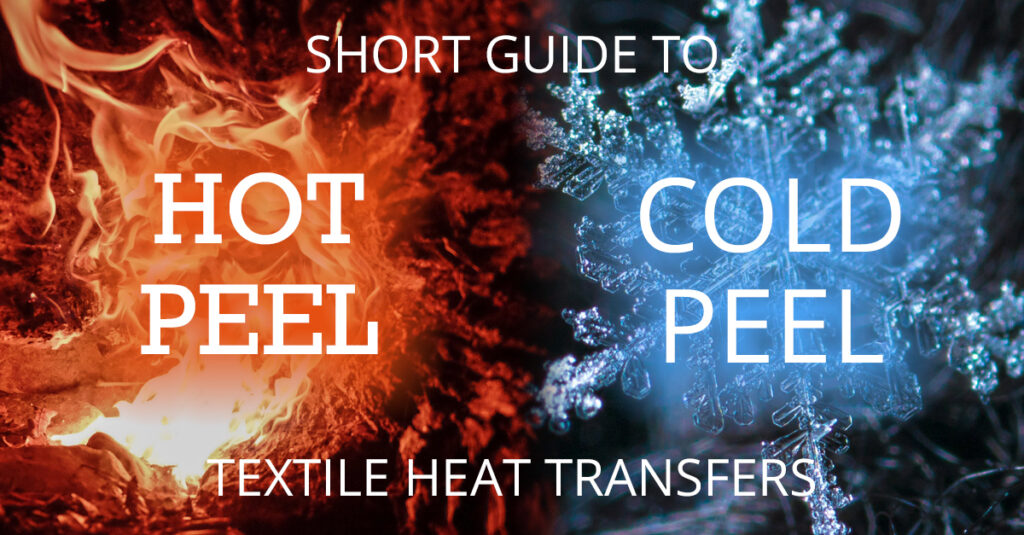
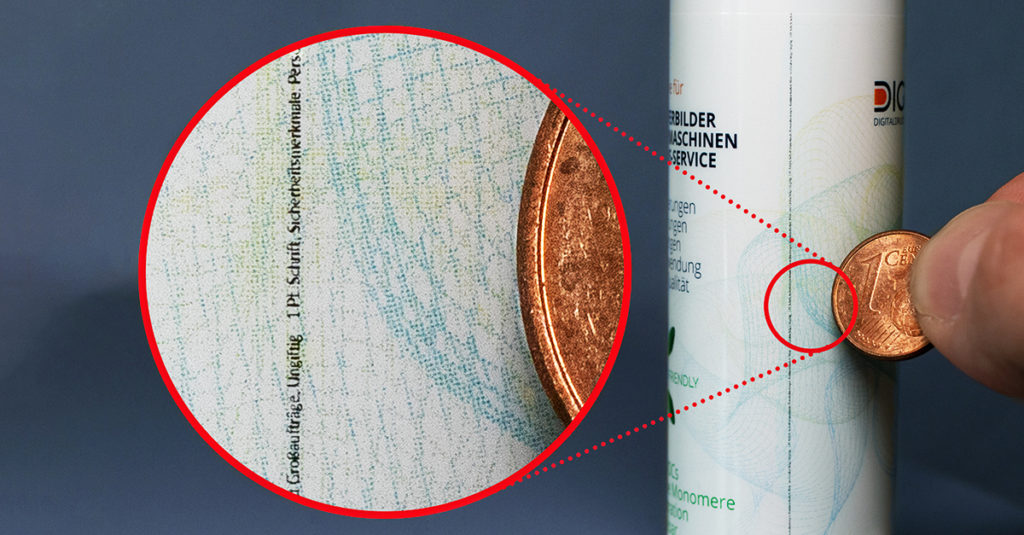
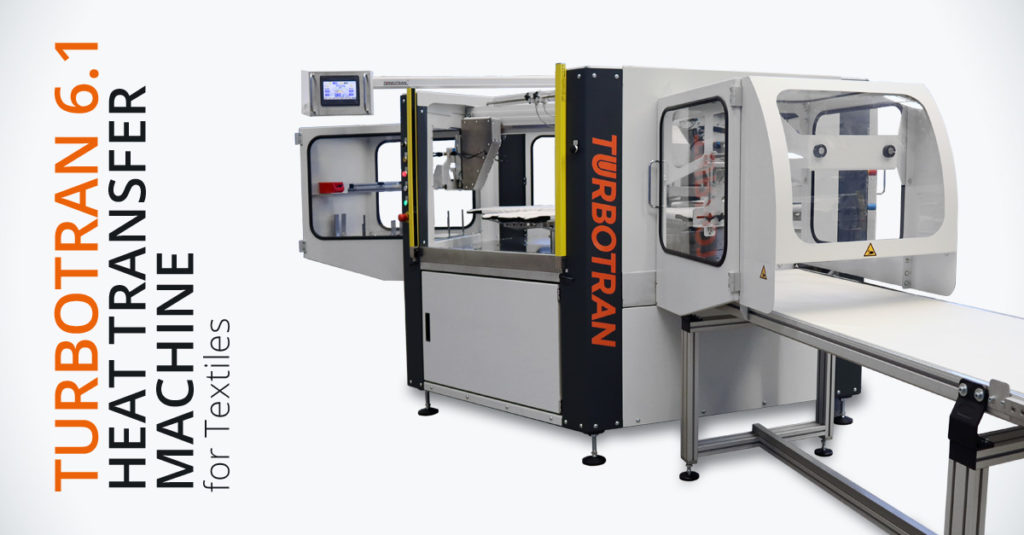
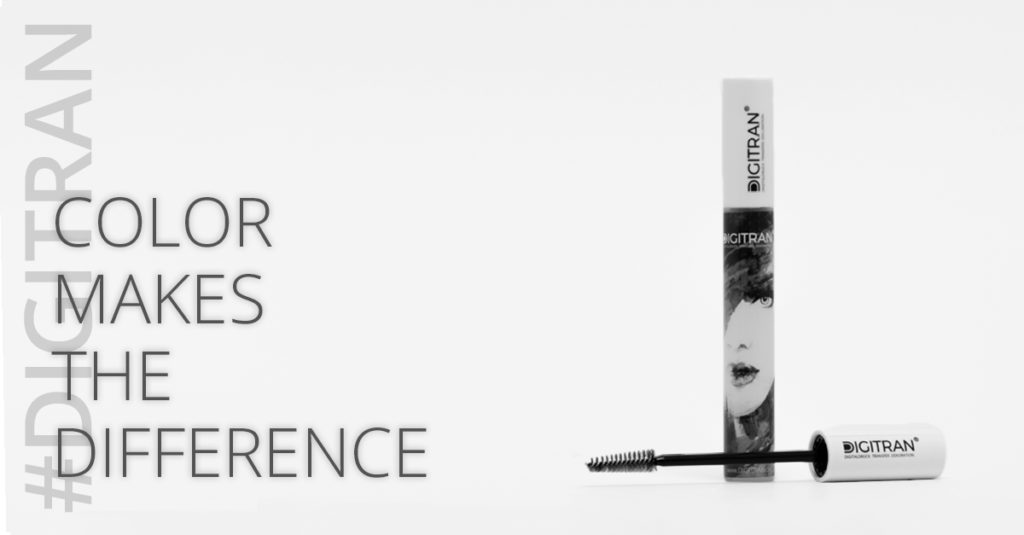
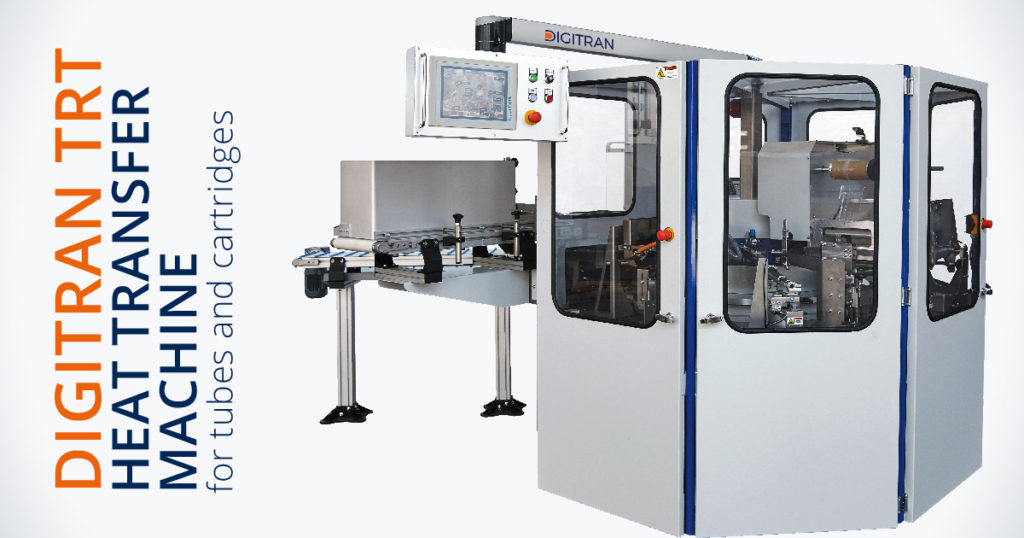
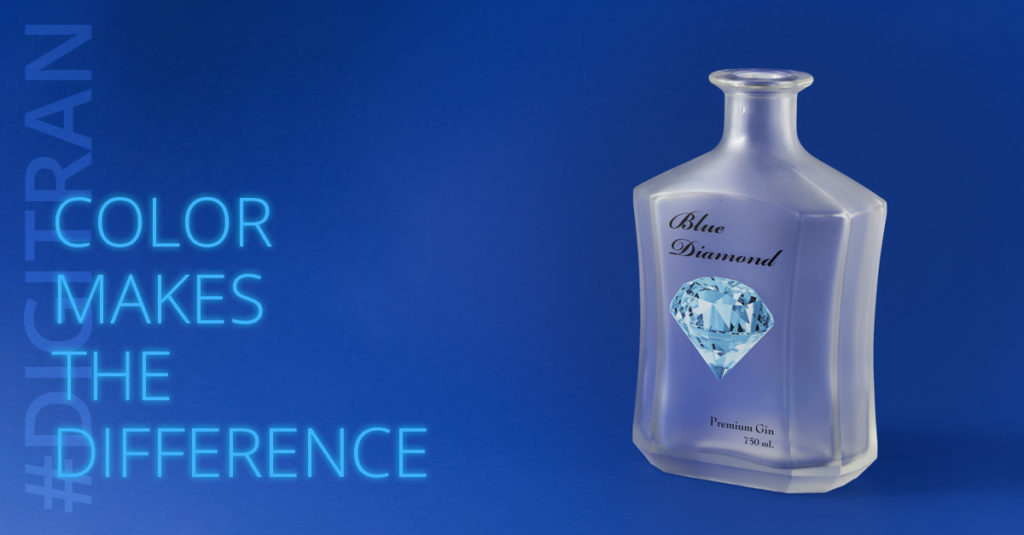
Pingback:Cold Peel vs. Hot Peel: Which DTF Technique Works Best? – DTF PrintCo – Printing Radar